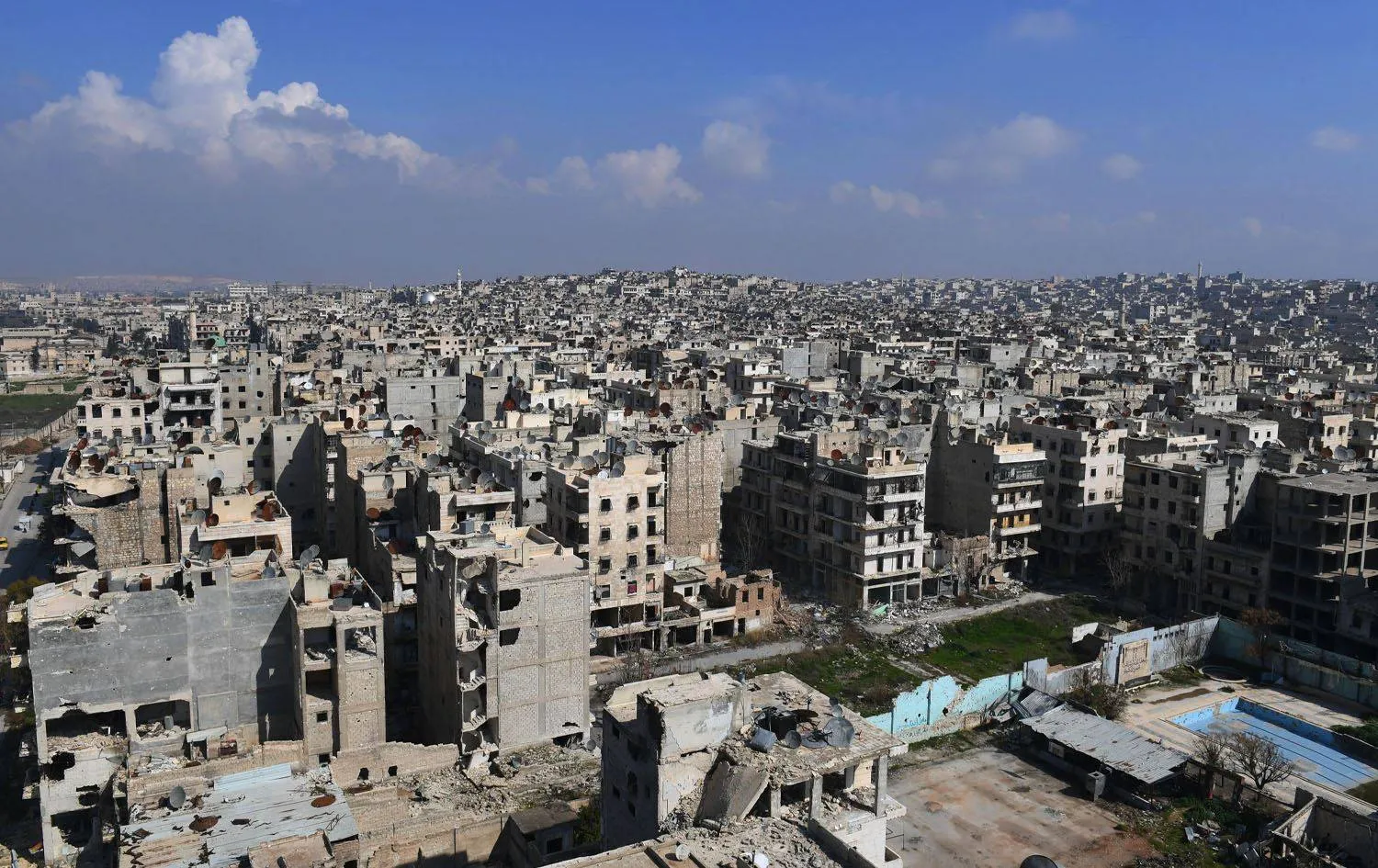The White House announced Wednesday the nomination of a new ambassador to Egypt in which Herro Mustafa Garg was sworn in to assume her new position.
She is the first refugee from Iraqi Kurdistan to be assigned to this post.
"Ambassador Herro Mustafa Garg was sworn in yesterday as the new US Ambassador to Egypt. The Ambassador will lead the US Embassy in Cairo during a significant moment in the strategic bilateral US-EG relationship and advance our joint efforts for stability, security, and prosperity in the region," said the US Embassy Cairo in a post on X.
Her appointment comes at a time when the crisis in the Gaza Strip casts its shadow on the diverging points of view between Egypt and the US, in addition to the many turning points faced by the relations between the two countries against the background of repeated cuts in the American aid allocated to Egypt.
Garg served as the US Ambassador to the Republic of Bulgaria from October 2019 to March 2023, according to the White House website.
Previously, she was the Deputy Chief of Mission at the US Embassy in Lisbon, Portugal, and Political Minister Counselor at the US Embassy in New Delhi, India.
She also served as Director for Iran, Israeli-Palestinian Affairs, and Jordan at the National Security Council, as well as National Security Council Director for Iraq and Afghanistan, the White House added.
Garg also served overseas as lead US Civilian Coordinator in Mosul, Iraq, as Consular Officer in Beirut, Lebanon, and as Political Officer in Athens, Greece.
Her other Washington assignments include Deputy Director of the Afghanistan Office and Advisor on the Middle East in the Office of the Under Secretary for Political Affairs.
Herro was born in 1973 in Erbil, a Kurdistan Region of Iraq. She spent two years in a refugee camp. Her family requested political asylum in the US in 1976.
In 2021 she was honored by the Carnegie Corporation as one of the Great Immigrants of America.
Garg speaks English, Kurdish, Arabic, Farsi, Greek, Hindi, and Portuguese. She has a Bachelor’s from Georgetown University’s School of Foreign Service and a Master’s from Princeton University.
Ambassador Hussein Haridy, former Assistant Minister of Foreign Affairs of Egypt, stressed the significance of the thorough cultural and knowledge background of the ambassador.
Yet, he told Asharq Al-Awsat newspaper that the ambassador implements the foreign policy of his country, and the cultural background or personal characteristics of the diplomat do not affect this.
He further highlighted the “exceptional circumstances” during which the new ambassador was appointed.
Haridy also pointed to the huge responsibility she bears on her shoulders to explain the policy of her country, not only in the current crisis in the Gaza Strip but also in the arrangements for the next phase.
Last month, the chairman of the US Senate Foreign Relations Committee, Democratic US Senator Ben Cardin, called for blocking military aid to Egypt against the background of criticism of the country’s human rights record and freedoms.
Egypt has been receiving $1.3 billion annual military aid since the signing of the first US-brokered peace agreement between an Arab state and Israel, in 1979.
The US Administration hinges approximately $300 million of this aid to the extent of Cairo’s compliance with commitments related to its legal record, according to the US Department of State.
In September, the Biden Administration decided to waive the freezing of $235 million in aid due to human rights restrictions.
This is not the first time that the US Administration has made such decisions, as Washington withheld $130 million last year and allowed the release of $75 million only from military aid, while Cairo received another $95 million under a legal exception related to anti-terrorism and security funding.
Egypt stresses its respect for human rights, and the Egyptian authorities deny the US reports on the presence of political prisoners.
Two years ago, Egyptian President Abdel Fattah al-Sisi launched Egypt’s National Strategy for Human Rights which will address civilian, political, economic, social, and cultural rights.
The President also reconstituted the "Presidential Amnesty Committee" last April and called for a national dialogue among the various political factions, including the opposition.









